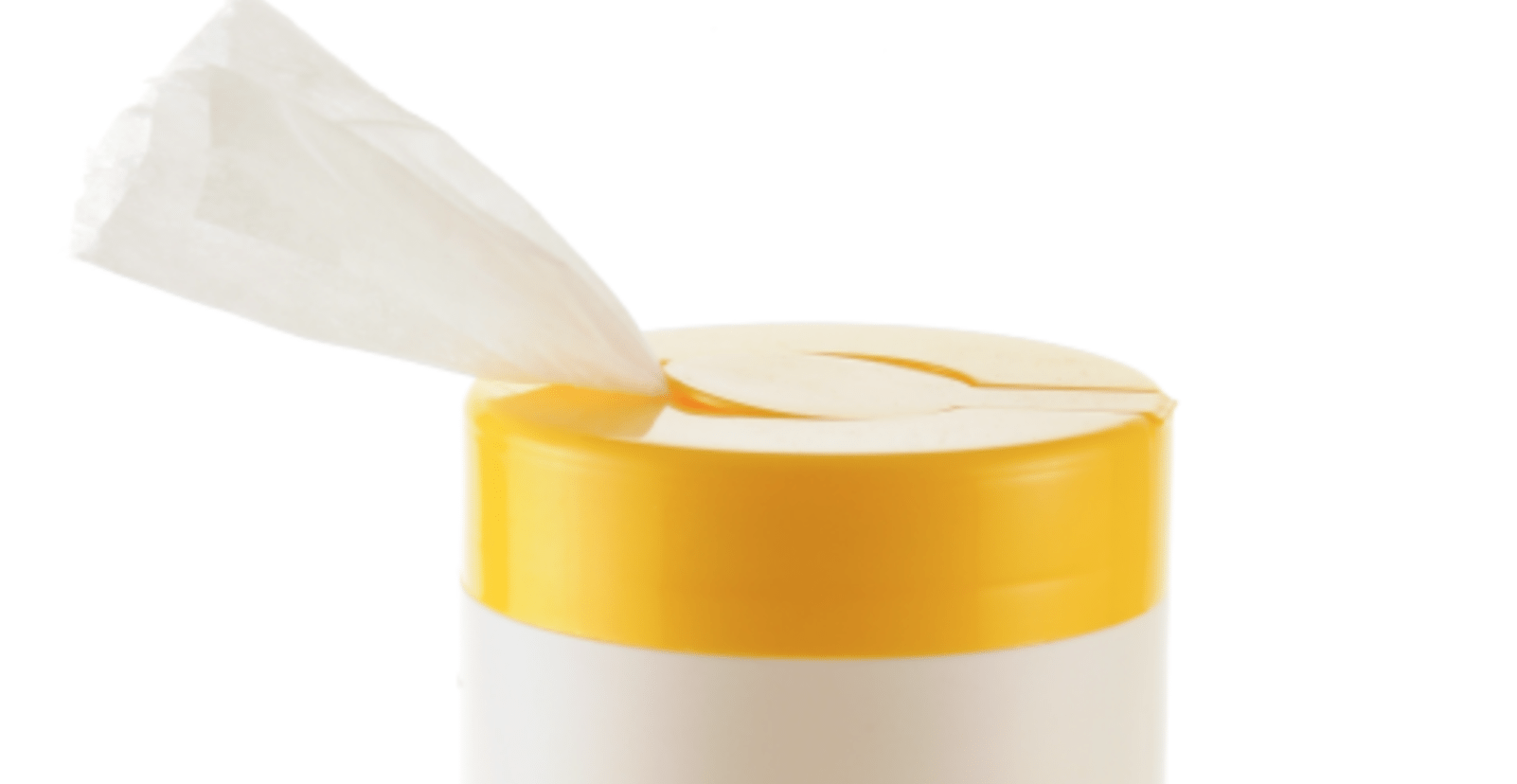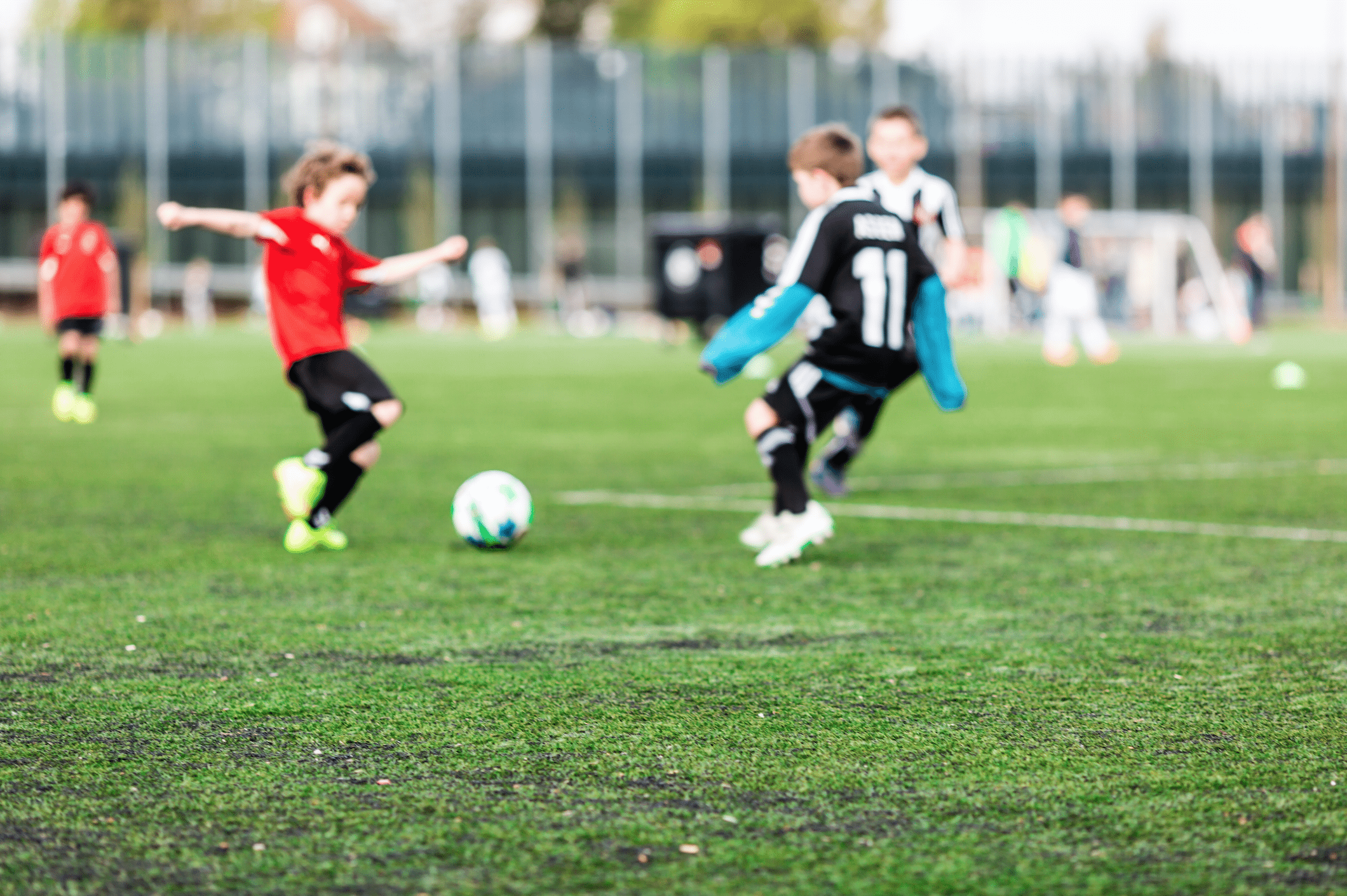By Megan Boyle, Editorial Director, Healthy Child Healthy World
Reproduced with the permission of the Environmental Working Group
www.healthychild.org
They’re cheap, appealing and easy to find. They even smell nice.
It’s no wonder that disinfecting and antibacterial cleaning wipes are so popular. Last year Clorox executives reported that about half of U.S. homes use their brand of wipes. Some schools provide them for teachers or request them among back-to-school supplies.
In certain places, such as hospitals, disinfectants are essential to protect human health. But what about your kitchen counters and schools?
The truth is, disinfecting wipes are not necessary for routine cleaning. And when they are actually needed – cleaning up after a sick kid or raw chicken on the cutting board – they don’t work unless you use them properly.
While cleaning removes germs from a surface, disinfecting kills them by using antimicrobial pesticides, such as quaternary ammonium compounds or “quats.”
These disinfectant chemicals trigger asthma, allergies and other health concerns. Although the EPA monitors pesticides in these products, that is no guarantee of safety. The regulatory body may approve chemical ingredients that have been insufficiently tested for health risks.
Some exposure to living bacteria is healthy for us. According to the “hygiene hypothesis,” it can strengthen immune systems, particularly in kids. But overuse of disinfectants can lead to “superbugs,” or bacteria that are resistant to antibiotics.
Antibacterial hand soaps raise similar red flags. The American Medical Association recommends against using them because studies do not support the claim that they make people healthier.
Here’s what you can do to make smarter cleaning choices for your family:
At home
Determine whether you need to clean or disinfect. Clean surfaces regularly to remove germs and prevent them from growing or spreading. You should still disinfect surfaces that have contact with raw meat, blood or bodily fluids, and when a family member suffers from a contagious illness, such as the flu. And talk to a doctor if a family member has a weakened immune system. You may need to take extra cleaning measures for their health.
When you need to disinfect, use products properly. Not only can overuse of disinfectants breed superbugs, inappropriate use may not kill bacteria, exposing your family to harmful chemicals without the germ-destroying benefit.
All disinfectant products, including bleach, need to stay on the surface for a certain duration of time to work adequately, so always read instructions on the label. You might be surprised how many wet wipes it takes to ensure the surface stays wet for the full 4 to 10 minutes directed on the label.
Other important instructions include keeping out of children’s reach, washing hands after using, rinsing surfaces with water after using and don’t use on skin. After disinfecting a kitchen counter or cutting board, wash it before using again.
Choose simple cleaners. Simple products – made without antimicrobial pesticides – are typically sufficient to keep your family healthy at home. Visit EWG’s Guide to Healthy Cleaning to find the right products for your needs, or make your own cleaners using common household ingredients.
Develop healthy habits. If you use wipes, don’t use the same wipe on multiple surfaces, such as a counter and a toilet. This can spread the germs from one surface to the next. Throw wipes away immediately after use. In the bathroom, tuck away your toilet brush and close the lid while flushing. In the kitchen, microwave a wet sponge to make it less hospitable to growing bacteria.
At school
Ask your children’s school about cleaning policies around disinfecting wipes. Are wipes used, by whom and on what occasions? Can you provide non-disinfecting wipes for normal cleanup and save the disinfectants for serious germs?
If a teacher or administrator will ask your children to use disinfecting wipes during the school day, talk to decision makers about alternatives. Some schools have instituted policies to prohibit children from using disinfecting wipes in the classroom. Others are using greener school cleaning supplies to reduce chemical residue on the desks and surfaces children touch frequently.
Wet paper towels, microfiber cloths and wipes made without disinfectant chemicals (such as diapers wipes) are all good choices for routine cleaning of hands or hard surfaces. When germs are a concern (like cleaning up after a sick kid), seek out disinfectants that use safer active ingredients, such as hydrogen peroxide, lactic acid, caprylic acid and citric acid. When possible, schools should opt for Ecologo– or Greenseal-certified products, which are appropriate for commercial settings.
Always read product labels and follow safety instructions when using disinfecting wipes. Never use them before or while eating, and always wash hands with soap and warm water when done.
On your body
In addition to cleaners, body care products such as toothpaste, acne face wash and deodorant contain antibacterial chemicals. The worst offender is antibacterial soap.
These products are made with the hormone-disrupting chemicals triclosan and triclocarban. Like antibacterial cleaners, there is no evidence to show they are more effective than plain soap and water. The FDA has proposed rules that could remove these products from the market and is expected to finalize the decision in 2016.
In the meantime, to stop the spread of germs, wash hands often with soapy warm water and use an alcohol-based hand sanitizer on the go. Encourage good hand-washing habits in your children to help keep them healthy all year round.
















